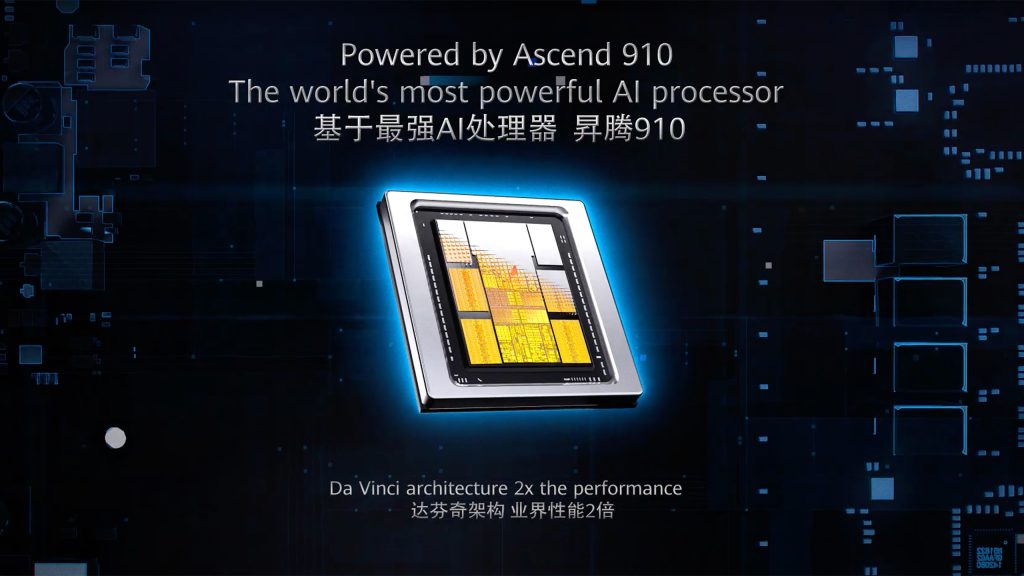Huawei is set to unveil its advanced HiSilicon Ascend 910D AI processor, which aims to surpass Nvidia’s H100 in performance. The new chip architecture is designed for large-scale deployments, potentially allowing it to compete with Nvidia’s existing and upcoming GPUs, despite being slower on a chip-to-chip basis.
Performance Goals and Testing
The Ascend 910D has been developed with the intention of providing a domestic alternative to Nvidia’s products, particularly in light of U.S. export limitations. Initial tests are planned in collaboration with local companies to evaluate whether the processor meets existing requirements, with sample units expected by late May.
Current Product Landscape
Huawei is also preparing to launch the dual-chiplet Ascend 910C processors, projected for shipment to Chinese customers next month. Most of these chips have been produced by TSMC for other companies. It remains uncertain whether the Ascend 910D will rely on China-based semiconductor manufacturing capabilities or find a way around U.S. sanctions that have limited Huawei’s access to advanced fabrication technologies.
Performance Comparison
Achieving performance levels comparable to the Nvidia H100 will be challenging for Huawei. Currently, the Ascend 910C delivers approximately 780 BF16 TFLOPS, while the H100 can achieve around 2,000 BF16 TFLOPS. To close this performance gap, significant architectural redesigns may be necessary, including an increase in the number of compute chiplets.
Competitive Landscape
The AI sector demands that Huawei competes effectively with U.S. developed AI clusters. The company has introduced its CloudMatrix 384 system, which employs 384 Ascend 910C processors. While this system claims to outperform Nvidia’s GB200 in specific tasks, its higher energy consumption highlights the trade-off between performance and efficiency. Future scalability of the interconnect technology remains a critical factor to evaluate.
Future Challenges
With limited access to leading-edge manufacturing technologies, Huawei faces an uphill battle in maintaining market competitiveness. Nvidia’s upcoming Rubin GPUs, expected in 2026, will be produced using TSMC’s advanced processes and are projected to offer enhanced performance per watt. These GPUs aim to provide substantial training capabilities, potentially doubling the performance benchmarks set by current models.
Market Positioning
Despite any performance challenges, the Ascend 910D processors are poised to play a significant role in AI training in China. Given the strategic significance of AI technology, power consumption may not be a critical consideration, as the total deployment of these processors could balance out efficiency disparities with alternatives from Nvidia and other competitors. The primary concern for China will likely be the capacity to manufacture sufficient processors, whether through local production or via international partnerships.

